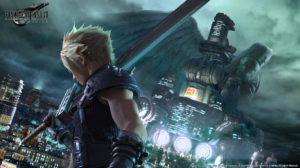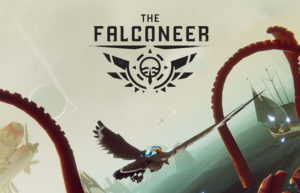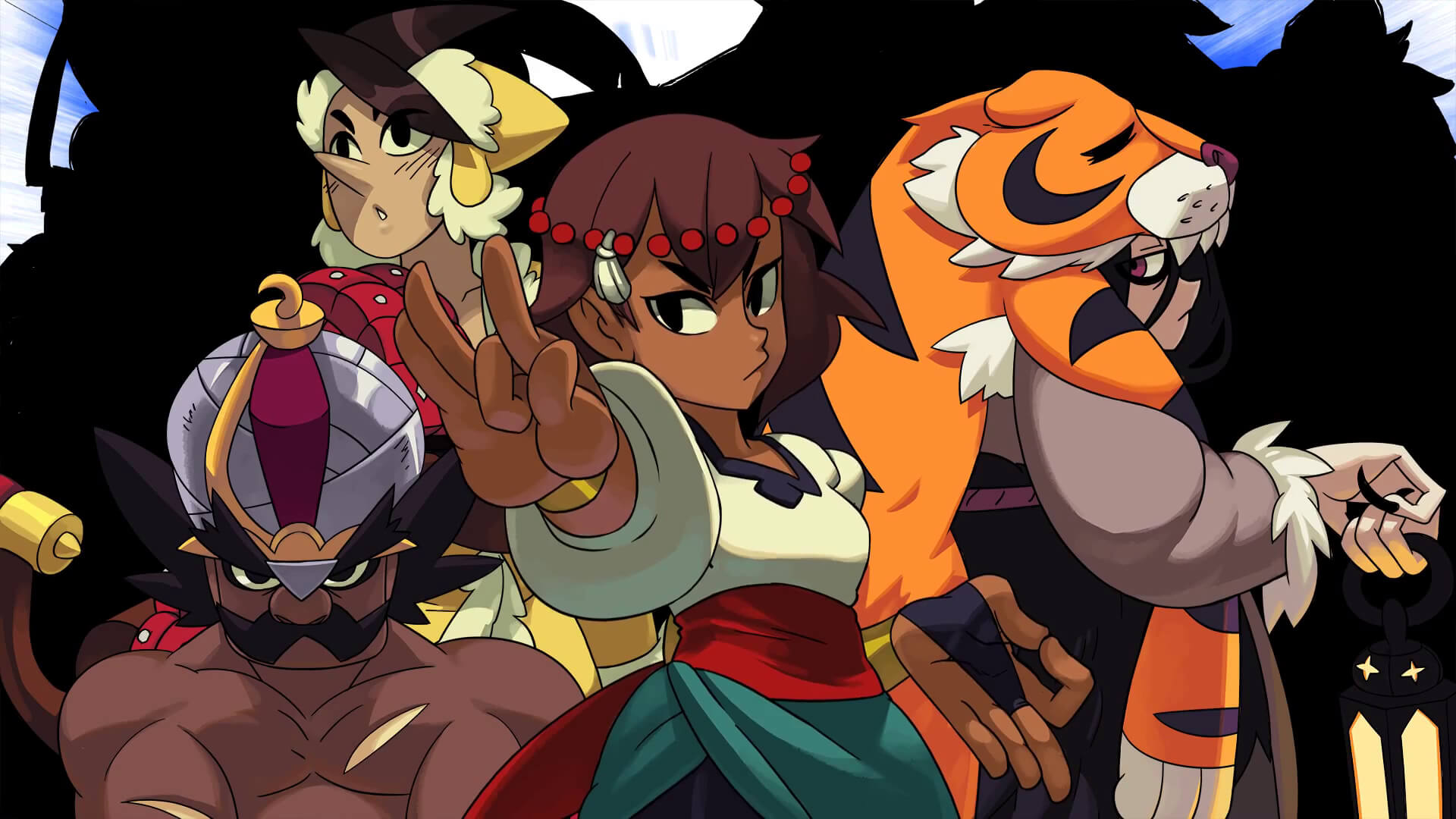
After playing around fifty different games on the show floor of PAX East, there was one title that particularly stuck out to me due to its expert synthesis of two different genres. That game was Indivisible, the latest from Lab Zero (the creators of Skullgirls) and publisher 505 Games. On the surface, it’s another turn-based JRPG that requires you to beat-on unrelenting mobs of enemies to level up. However, instead of directly drawing influence from Final Fantasy or Dragon Quest, this game is directly inspired by Valkyrie Profile, a cult-classic PS1 game that is known for its highly interactive combat system. Similar to Valkyrie Profile or the Mario RPGs, in Indivisible your success in combat is just as dependent on your ability to precisely time inputs as it is on you making the correct usage of your team.

Here the combat is only turn-based in an abstract sense. During your “turn” you can attack with any of your four party members in any order, overlapping and combining their blows to form combos. You can feel Lab Zero’s expertise with fighting games leaking into the combat system here. The unique attacks of each party member all have different properties that allow for long stylish strings of moves. Party members are ordered to attack by pressing their corresponding face button, but once they’ve attacked their maximum number of times they have to wait for a brief cool-down to conclude before attacking again. While it’s tempting to mash all the face buttons as quick as possible, by alternating your fighters you can string together sequences that will boost your combo meter.
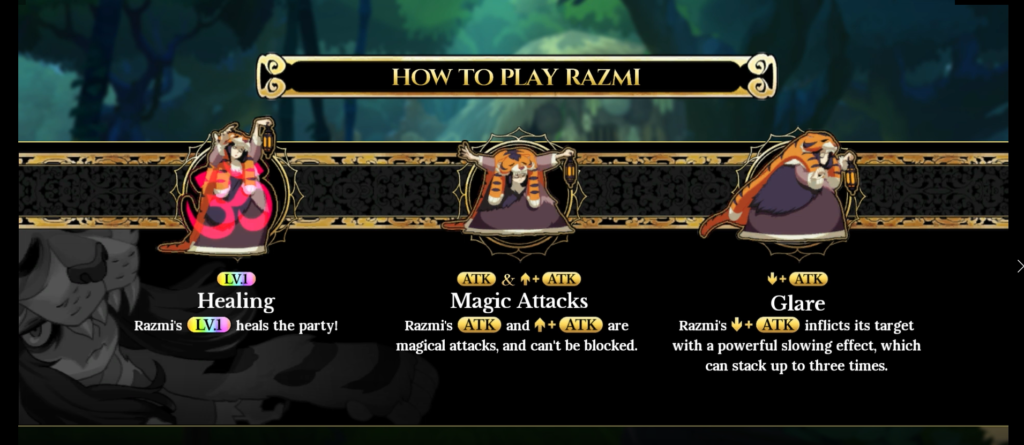
By pressing up or down on the stick you can perform additional moves, some of which have properties that make them essential against certain enemy types. For instance, I encountered shielding enemies which required a specific overhead strike from Ajna to break their guard, and flying enemies that could only be hit by certain upward strikes. Other special moves included group healing, and what seemed like temporary stat buffs. By pummeling your opponents, you build up a meter which can be used to perform powered up moves that deal significantly more damage and are accompanied by a wonderfully gratuitous display of cool (yes, it is basically a Super from a fighting game). After a certain amount of time, it becomes your enemy’s chance to attack, a phase of combat that is also interactive. You can block their attacks by pressing the button that corresponds to your targeted character, and if you time your guard perfectly you’ll parry and take even less damage. Some enemies target groups of your characters, which requires a group parry to be performed by spending your meter.
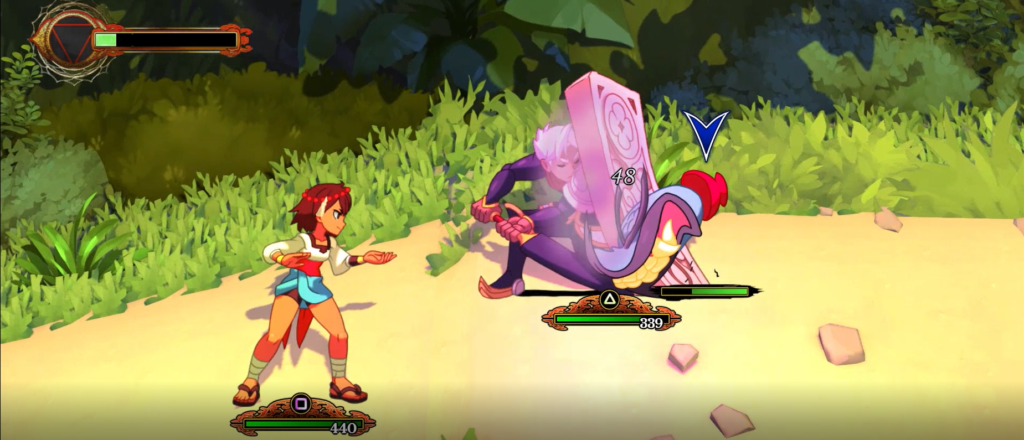
The benefit of combining a turn-based RPG with fighting game mechanics is that it rewards both tactical elements of play as well as offering a skill-based component to each battle. A common problem with JRPGs is that enemy encounters will often eventually take on a grindy cadence. Once you’ve figured out an ideal way to deal with certain enemy types, and know what your most powerful moves are for all your party members, entering fights can become a redundant chore that does not require any brainpower. The effects of these redundant gameplay loops can be seen in the dwindled enthusiasm towards the genre, with major tent pole series like Final Fantasy defecting from this roots towards an action game approach.
But the timing based combat of Indivisible will potentially avoid this problem altogether by constantly requiring player engagement. The amount of damage I took from enemies varied greatly based on if I blocked correctly, and it felt like there was a good balance between the parry timing window being too broad and easy and too tight and particular. In terms of offense, I felt like I was just scratching the surface. While I could get a few rudimentary strings going, it seems as though there is a high skill ceiling for creating lengthy combos due to all of the different properties on attacks. Additionally, you can’t simply mash all of the face buttons, as some techniques like breaking your opponent’s guard require timing specific moves correctly. I can’t say much about the difficulty of the proceedings beyond the demo I played (it felt fair), but certain types of players like myself can find a fun alternate win-condition in chaining together the biggest combos possible.
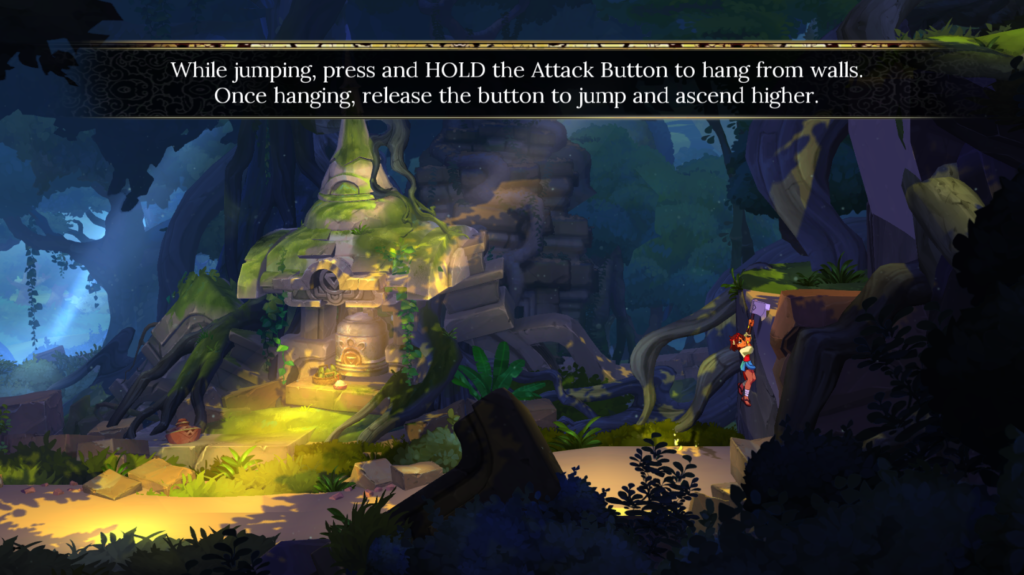
And somehow all of this only encapsulates half of the gameplay. When you are outside of combat, Indivisible plays as a 2D platformer. In the demo, I had to access to a slide, as well as an axe that I could use to hoist myself along walls. I was also promised that there will be many more abilities introduced that will add more complexity to these sequences. Similarly to the combat, the platforming felt smooth, the axe offering an interesting timing element due to its windup time. On top of this, the world design is inspired by Metroidvania games, meaning the game takes place in an open interconnected space that is gated by unlocking new movement abilities.
Like Skullgirls, Indivisible is entirely hand-drawn and hand-animated, a meticulous effort which pans out here. The art style feels familiar to the exuberant and unique designs of Lab Zero’s previous game, inspired by a hodgepodge of different cultures and mythologies. From what I’ve seen, the diverse sources of inspiration are tied together by a look that bears homage to early Disney cartoons, anime, and even modern Cartoon Network designs.
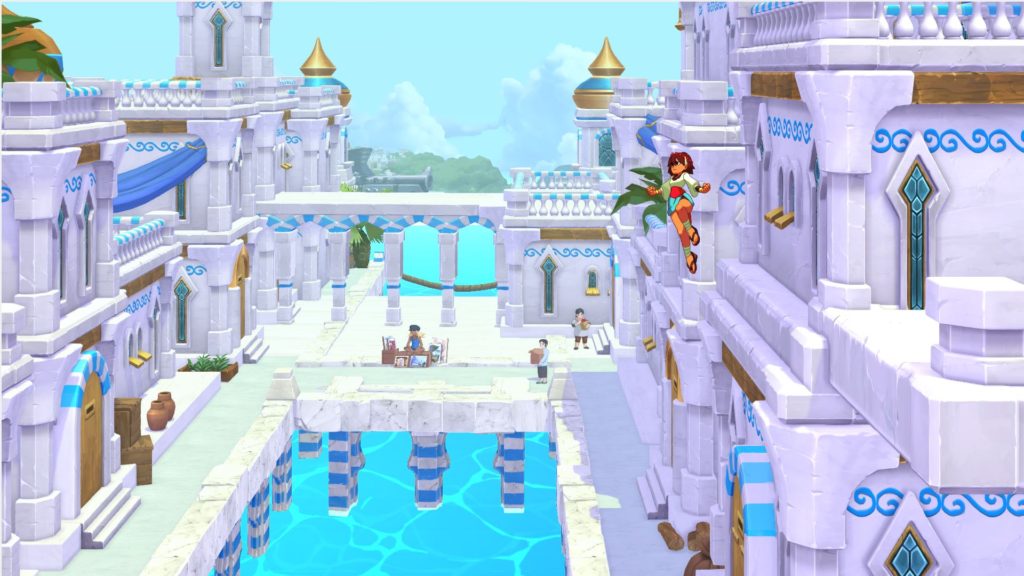
I’ll admit that I have something of a personal bias here, as interactive RPGs like Paper Mario or Superstar Saga have always been one of my favorite styles of game. But, in the case of Indivisible, I believe the game’s apparent merits have the potential to appeal beyond my own nostalgic affinities. From what I played, the combat system was a deft combination of turn-based RPG and smooth action, and the platforming felt similarly polished. Although I didn’t get a chance to explore the map as the demo was fairly guided, the promise of an open-ended Metroidvania adventure with such tight combat and platforming is encouraging. While we still don’t know a great deal about the RPG mechanics, the promise of around twenty party members implies the potential for customization and variety. There’s only so much you can actually extrapolate from a thirty-minute demo, but my hands-on time with Indivisible has made it one of my most anticipated games of 2019.
Photos courtesy of 505 Games and Lab Zero


